The restored Hoang A Tuong Palace is an architectural and artistic work that has existed for over 100 years in Bac Ha, attracting many domestic and foreign tourists.

Hoang A Tuong Palace is located in Bac Ha town, Bac Ha district, built in 1914 and completed in 1921. The owner of the house is Mr. Hoang Yen Tchao.
According to Lao Cai Department of Tourism , this was both the residence and workplace of Hoang Yen Tchao and Hoang A Tuong before 1945. The Tay people have a custom of naming the house after the child who lived with their parents when they were adults, so the building was later called Hoang A Tuong Palace.

In the early 20th century, Mr. Hoang Yen Tchao was a representative of the exploiting class, living a wealthy life. To build this house, he invited a geomancer to go around the area to see the location, the land, to find a place where yin and yang were in harmony, a perfect environment. The land chosen to build the palace was in harmony with dragon, vein, water, and sand - high, square, with a hill behind, and a river in front.
In the photo is the entire mansion when it was first completed.

The main building faces southeast, leaning against the mountain, with a stream in front, a closed rectangular layout with 36 rooms, a system of escape tunnels in the back, surrounded by walls with many loopholes, and a path on the wall for guards to patrol.

The main house is located deep inside, on both sides of the entrance are outbuildings, in front is a screen, in the middle is a courtyard. To enter the palace, you have to climb stairs from both sides, then go to the waiting room, and then enter the large courtyard.
Besides the living space for Hoang Yen Tchao's family members, the mansion also has a living room, office, rooms for French officials and advisors to run the governing apparatus, and a worship room on the top floor.

The column and roof systems are embossed with many grapevine and laurel motifs symbolizing prosperity, warmth and happiness. The roof is covered with yin-yang tiles. The arched door system and the arc-shaped staircase create an impression of innovation and grandeur for the building. The main facade is decorated with many elaborate motifs. On the right and left sides, two parallel sentences are embossed with the content of wishing the family glory.

The total area of the entire area is about 10,000 m2, combining two Asian and European architectural styles, showing the cultural exchange between East and West.

Documentary images of the interior of the mansion when Hoang Yen Tchao's family still lived there. The equipment was expensive and rare at that time.
Among the rooms, the Hoang family's worship room is the room on the highest floor, opposite the entrance, airy, creating solemnity and tranquility, opening the door to see the sky and earth, the harmony of yin and yang. According to feng shui, this worship room is "sitting in a good position and facing a good direction for the homeowner, to show respect to ancestors, wishing for the life of descendants to be prosperous forever.

Mr. Hoang Yen Tchao’s family lived here until 1950, then left. After that, the house was abandoned, most of the furniture in the house was gone. Over the decades, the mansion has been renovated many times, the paint color changed and the interior was renovated. However, the unique architecture of the house remains almost intact.

Today, all rooms are used to display images and documents for visitors. In 1999, the palace was recognized as a National Architectural and Artistic Monument.

Hoang A Tuong Palace is one of the destinations not to be missed when traveling to Bac Ha in particular and Lao Cai in general, attracting hundreds of visitors every day. The palace opens from 8am to 5pm daily.
Admission fee for adults is 20,000 VND, children from 6 to 16 years old are 10,000 VND. Children under 6 years old and people with disabilities are free of charge. People who are eligible for the policy get a 50% discount on tickets.

Since the end of 2023, the mansion has been renovated and embellished according to the decision of Lao Cai province with a budget of nearly 12 billion VND. When it was repainted with the main colors of light yellow, white and pink, many tourists and some photographers said that the yellow color was too light, not compatible with the remaining colored walls in the building.
Lao Cai tourism industry said the restoration is to turn the relic into a unique destination, attracting tourists, contributing to the local socio-economic development. Photo: Huy Trung
(According to 24h, March 28, 2024)
Source


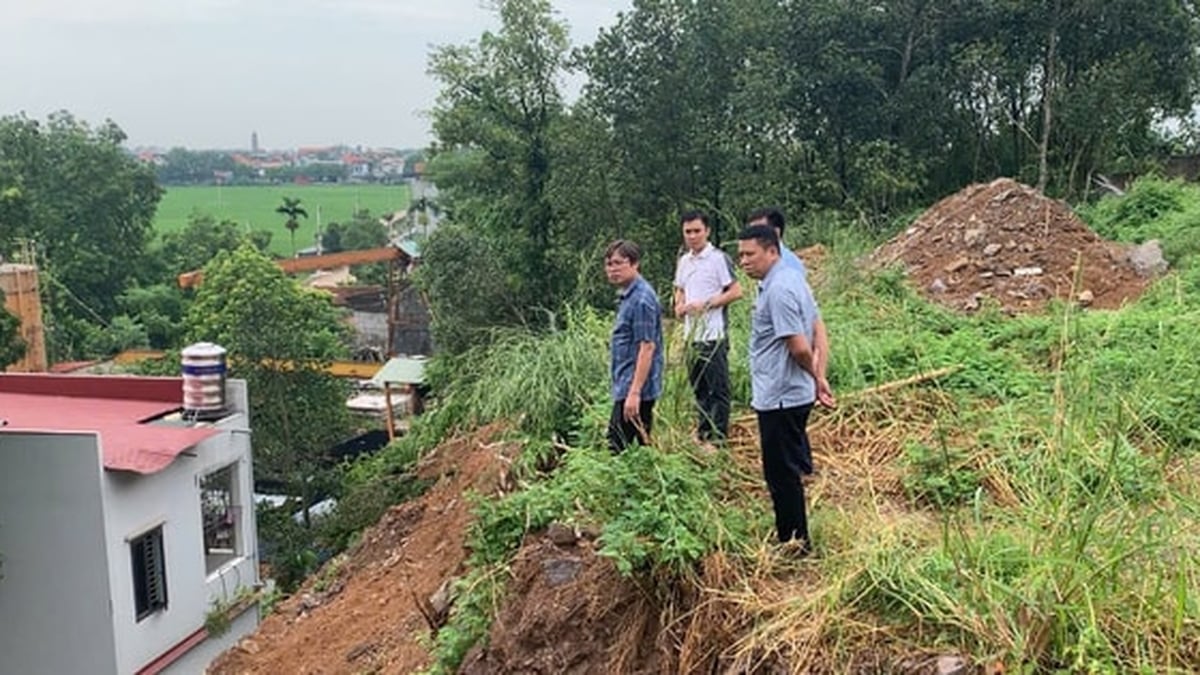

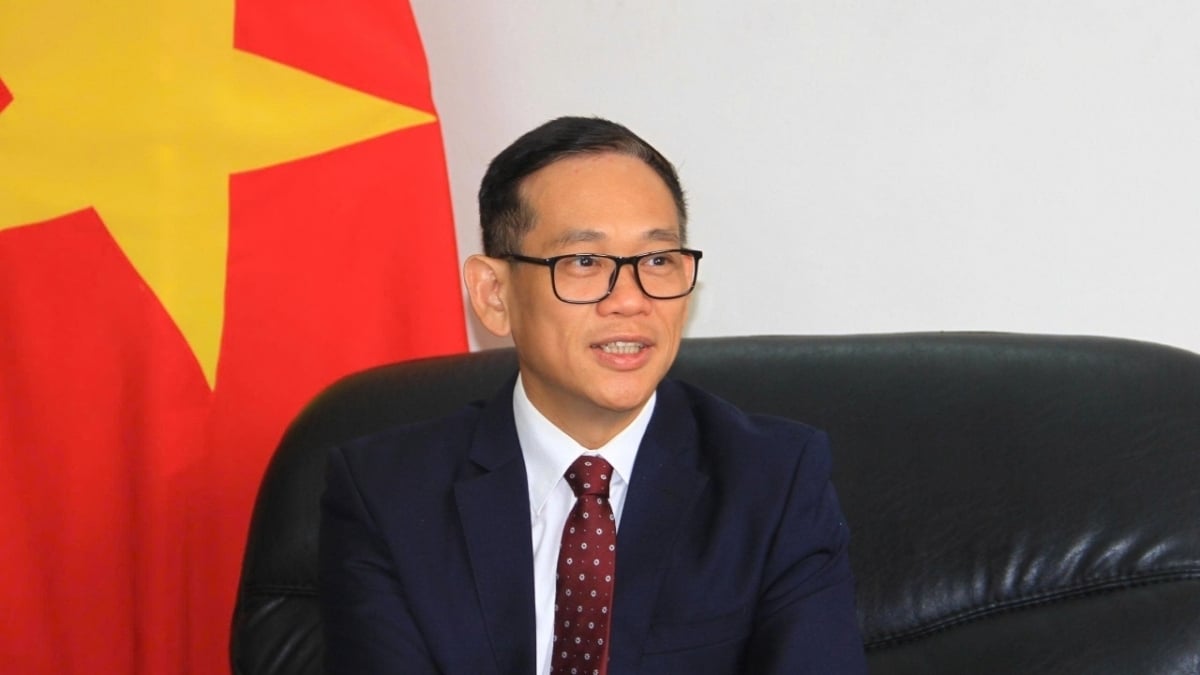
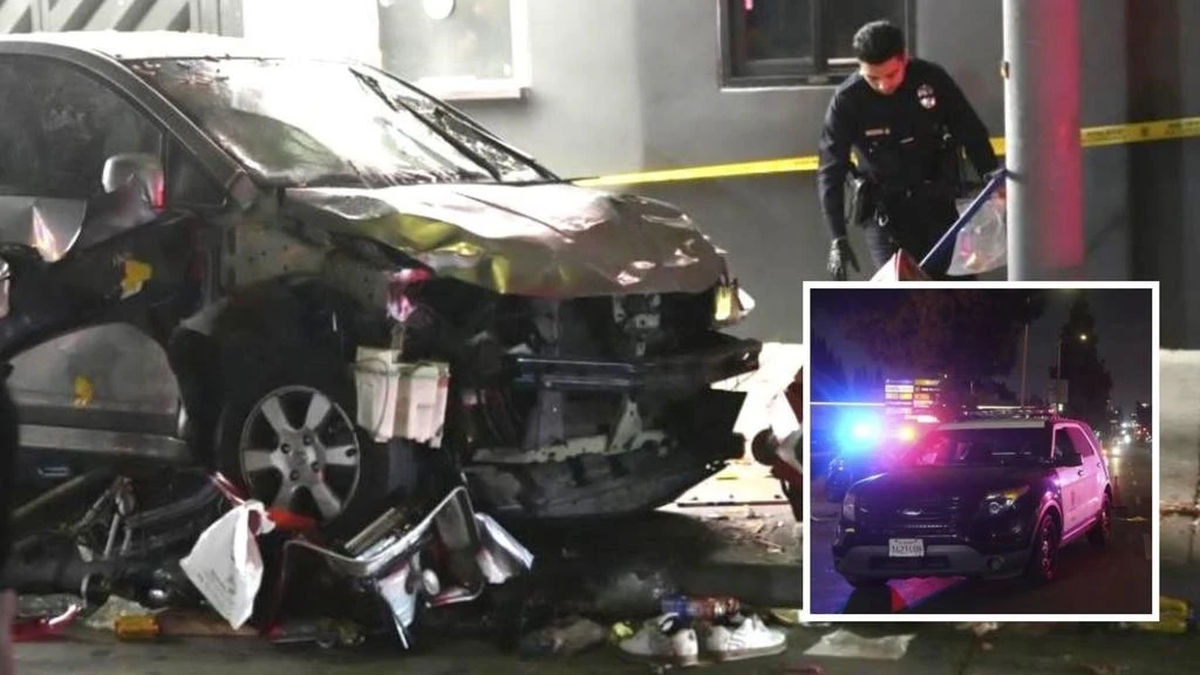
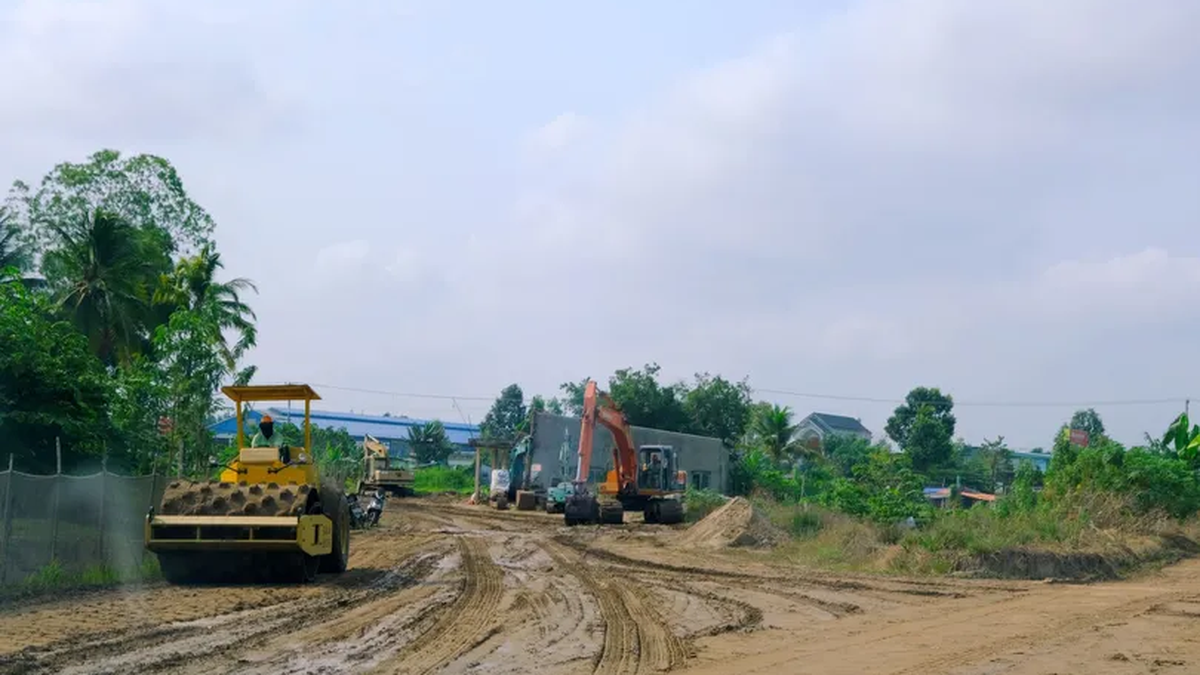
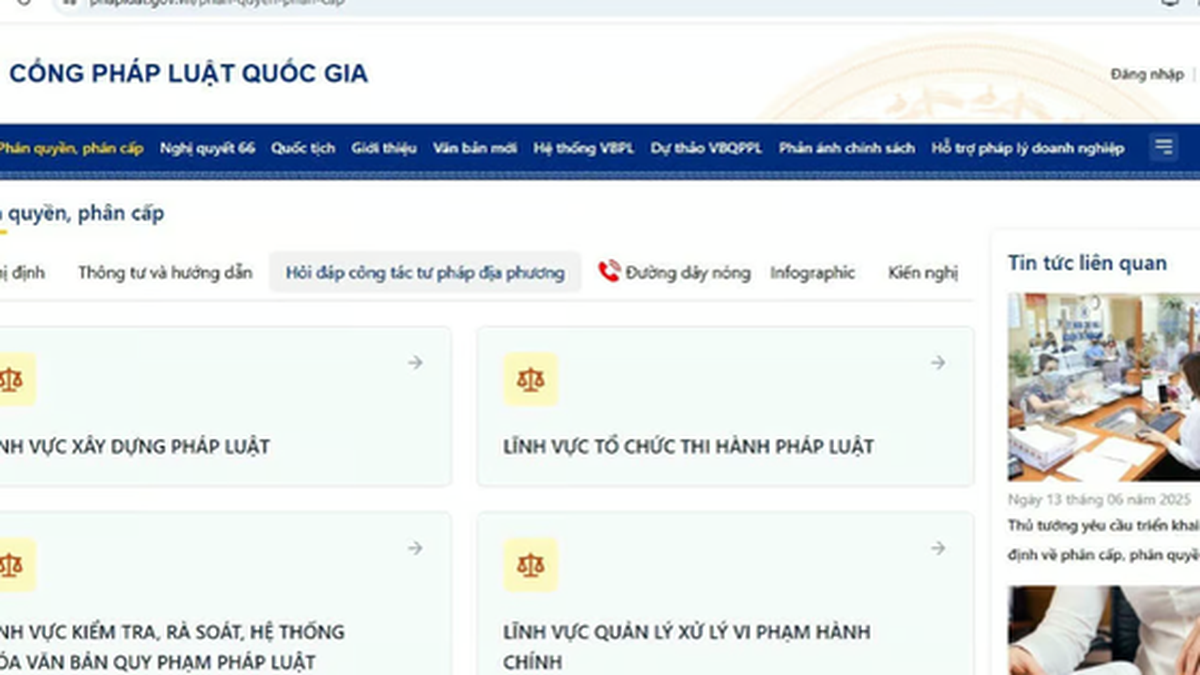

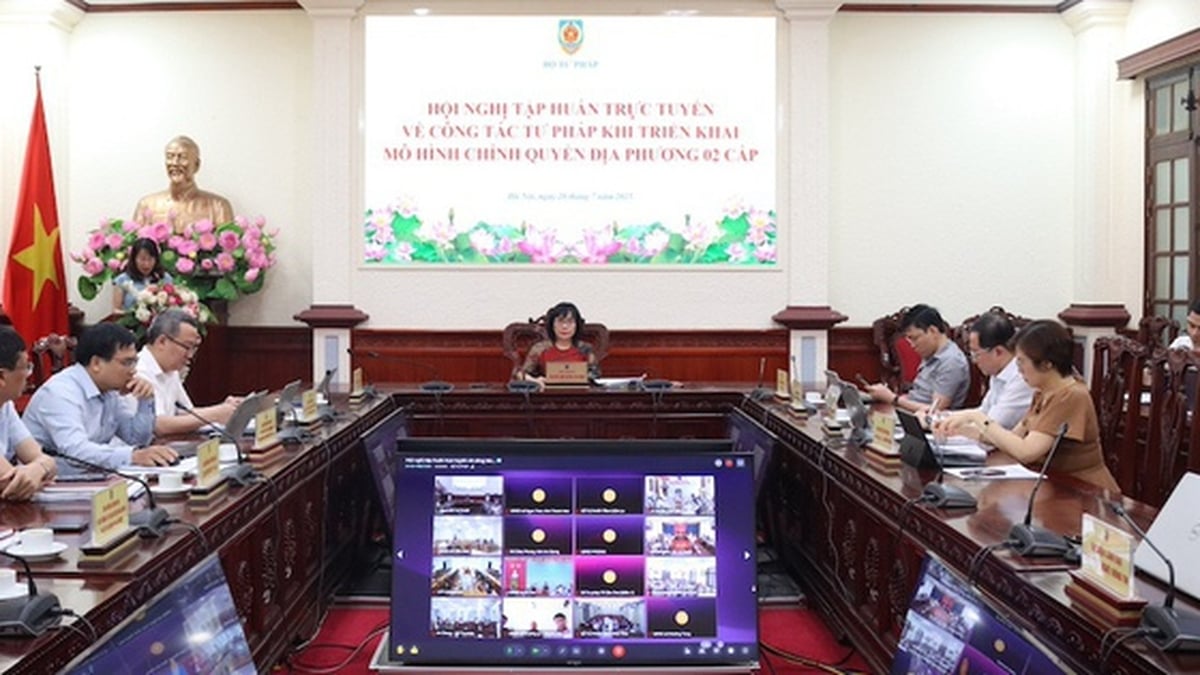

















![[Photo] National Assembly Chairman Tran Thanh Man visits Vietnamese Heroic Mother Ta Thi Tran](https://vphoto.vietnam.vn/thumb/1200x675/vietnam/resource/IMAGE/2025/7/20/765c0bd057dd44ad83ab89fe0255b783)





































































Comment (0)